Lurgy Upper
Houses within 10km of this house
Displaying 19 houses.
Houses within 10km of Lurgy Upper
Displaying 19 houses.
| House name | Description | |
|---|---|---|
| Raymoghy | William Montgomery was leasing this property from James Law at the time of Griffiths Valuation in the 1850s, when it was valued at £10. The site is now occupied by farm buildings. | |
| Rathdonnell House | James Hamilton was leasing this property from the estate of Reverend William Alexander at the time of Griffiths Valuation in the 1850s when it was valued at £7. Local sources suggest it had come into the Alexander family through their mother, Dorothy McClintock. | |
| Gortlee | Thomas Patterson was leasing Gortlee from the Wray estate at the time of Griffiths Valuation in the 1850s, when it was valued at £25. The National inventory of Architectureal Heritage suggests it was built in the late 18th century but may have subsequently been modified on a number of occasions. It is also associated with the Boyd family. In 1837 Lewis had noted it as the seat of J. Cochran. Gorlee is still extant and occupied. |
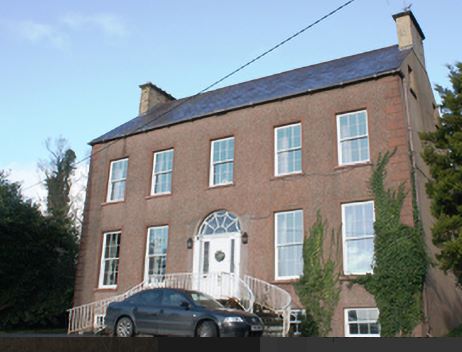
|
| Castlewray | The Wray family were associated with this locality since the seventeenth century. Local sources suggest that Castlewray was sold by the Wrays to the Mansfield family around 1800. At the time of Griffiths Valuation in the 1850s, it was occupied by Margaret Mansfield, leasing from Francis Mansfield and valued at £16. It is now a ruin. | |
| Greenhills (Raphoe) | William Fenwick held this property in fee at the time of Griffiths Valuation in the 1850s, when it was valued at £55. The National Inventory of Architectural Heritage suggests that it dates from the later eighteenth century though altered in the 1870s. It was originally associated with the Nesbit family into which William Fenwick married. In 1906 it was owned by Philip and Charles Fenwick and valued at £27. The house is still extant though not in good repair. |
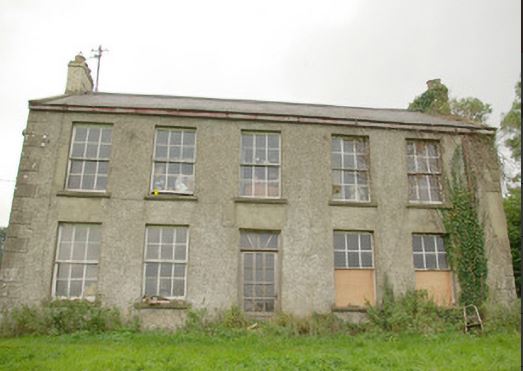
|
| Newmills | Matthew Nelson was leasing this property from the Macky estate at the time of Griffiths Valuation in the 1850s, when it was valued at £33 and included a milling complex. | |
| Ardvarnock Lower | ||
| Oakpark (Kilmacrenan) | In the 1850s William Wray was occupying Oakpark when it was valued at £21. The National Inventory of Architectural Heritage suggests it was built at the end of the 18th or beginning of the 19th centuries. It may have been built by the Wray family after they left Castle Wray. Oakpark is still extant and occupied. |
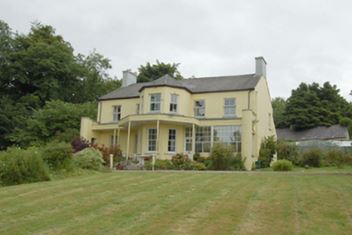
|
| Horse Hill House/Knockagarran House (Raphoe South) | The Hone estate was leasing this property to the representatives of John Spear at the time of Griffiths Valuation in the 1850s, when it was valued at £15. It is labelled Knockagarran on the 1st edition Ordnance Survey map but as Horse Hill House on the 25-inch edition of the early twentieth century. It is still extant. | |
| Kiltoy Lodge | At the time of Griffiths Valuation in the 1850s William Boyd was leasing this property from the Ecclesiastical Commissioners when it was valued at £22. The building is still extant and apparently in the process of being renovated. | |
| Ballymacool | At the time of Griffiths Valuation, John R. Boyd was leasing this property from the Ecclesiastical Commissioners, when it was valued at £50. In 1837 Lewis had also recorded Ballymacool as the seat of J. Boyd. The National Inventory of Architectural Heritage suggests it was built c.1770 and continued in the ownership of the Boyd family until 1940. It is now a ruin. |
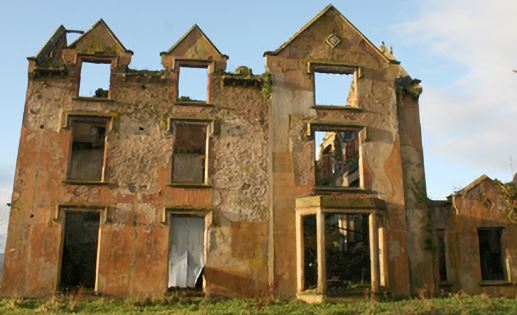
|
| Sallaghagrane House | John R. Boyd was leasing this property from Viscount Southwell's estate at the time of Griffiths Valuation in the 1850s, when it was valued at £35. The house at the site now is later, possibly built in the 1870s. |
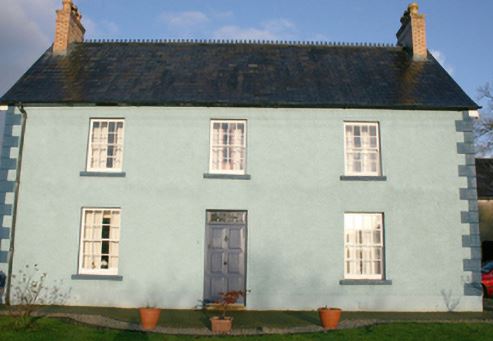
|
| Pluck | James B. Marshall was leasing this property from the Hayes estate at the time of Griffiths Valuation in the 1850s, when it was valued at £18. It adjoined a mill complex. The site is occupied by modern buildings now. | |
| Lisnenan House | Robert Ramsay junior was leasing property from Robert Ramsay senior at the time of Griffith’s Valuation in the 1850s. It is not labelled on the 1st edition Ordnance Survey map. It is still extant and has been offered for sale in this decade. | |
| Swilly View | Francis Gallagher was leasing this property from the Hayes estate at the time of Griffiths Valuation in the 1850s, when it was valued at almost £13. The house at this site has been named Swilly View since at least the 1s edition Ordnance Survey map of the 1830s. It is still extant. | |
| Castle Grove (Kilmacrenan) | Castlegrove House, parish of Aghanunshin, barony of Kilmacrenan, was held in fee by James Grove Wood in the 1850s. The National Inventory of Architectural Heritage suggests it was built c.1750 but modified in the nineteenth century. By 1906 it was owned by John W.C. Grove and valued at £40. It is now a luxury country house hotel. |
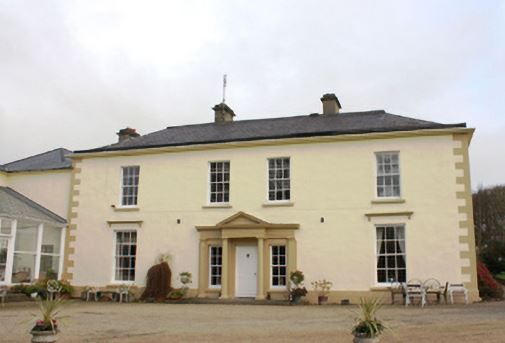
|
| Rockhill House (Raphoe North) | At the time of Griffiths Valuation in the 1850s, Rockhill was held in fee by John Vandeleur Stewart when it was valued at £55. Local sources suggest the house was acquired by Stewart from the Chambers family in the 1830s. O'Carroll discusses the ownership by the Cooch and Pratt families of the Rockhill estate. In 1814 Leet had recorded Daniel Chambers as the occupant of Rockhill. By 1906 it was owned by Alexander C.H. Stewart and valued at £52. Later in the 20th century it served as a base of the Irish Defence forces. It is now a luxury hotel. |

|
| Sallybrook | James Marshall was leasing this property from the Earl of Wicklow's estate at the time of Griffiths Valuation in the 1850s. It was then valued at £15. In 1906 it was the property of Samuel Marshall and valued at £12. The site appears to be occupied by farm buildings now. | |
| Convoy House [Greenfield] | Robert Montgomery held this property in fee at the time of Griffiths Valuation when it was valued at £35. In 1837 Lewis had also referred to it as the seat of R. Montgomery. In 1896 it was owned Canon Boyton and valued at £33. The National Inventory of Architectural Heritage suggests it was built in the early years of the 19th century and provides a detailed description of its occupancy. It is still extant and occupied. |
![Photo of Convoy House [Greenfield]](https://landedestates.ie/storage/img/orig/3296.jpg)
|

